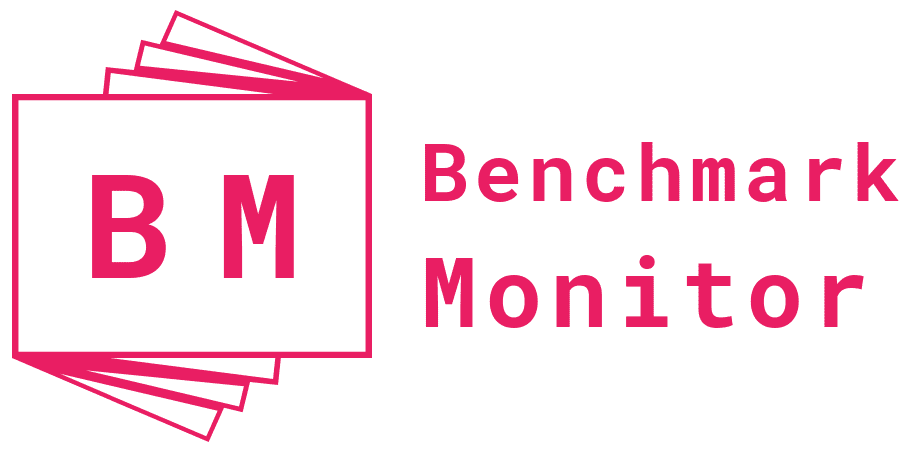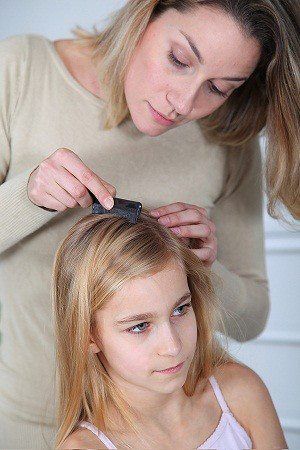What are head lice?
These are parasites that can be seen in the hair and heads of humans. It can quickly spread from person to person. It can rarely spread when the infected person shares his/her clothes, comb, dress, and towels. They are most common in kids under the age of 12.
How can it be identified?
Head lice cause a stimulating sensation of something moving in the hair, tingling, and wounds on the head. Even though tingling might indicate a lice pervasion, frequently, people are asymptomatic. Remember, the reliable indication of an invasion is the presence of a live mite or sprite (adolescent mite). The presence of nits might be an indication that there is or has been a functioning pervasion. A head lice kit can identify and get rid of head lice at the comfort of your home.
Except if a youngster has many head lice, it’s more typical to see nits in the hair than live lice slithering on the scalp. Lice eggs bring forth one fourteen days after they’re laid. After incubating, the excess shell looks white or clear and stays appended to the hair shaft. This is the point at which it’s least demanding to spot them, as the hair is developing longer and the eggshell is moving away from the scalp.
Itching:
Itching on the scalp, neck, and ears. This is an allergic reaction to louse bites. When a person has a lice infestation for the first time, itching may not occur four to six weeks after infestation.
Head lice eggs:
Lice eggs (nits). These look like little yellow, tan, or earthy colored spots before they incubate. Lice lay nits on hair screws near the scalp, where the temperature is ideal for keeping warm until they hatch. Nits look somewhat like dandruff; however, they aren’t taken out by brushing or shaking them off.
Head lice allergy:
For people who build up an unfavorably susceptible response to the lice, there is a danger for building up a bacterial disease because of skin breakdown and over-scratching. In these cases, anti-microbials might be needed to treat the skin disease. It’s imperative to call the specialist if there is expanded growing, redness, and torment. A head lice kit is the specialized treatment one can go for.
Head lice and hygiene:
Head lice are irritating, yet they’re not risky, and they don’t spread illness. They’re not an indication of helpless cleanliness — head lice need blood, and they don’t mind whether it’s from somebody who’s spotless or grimy. A head lice kit can hygienically remove head lice.
The head lice life cycle:
A mite experiences three phases:
- Nits, or lice eggs. They’re tiny, about a large portion of the size of a pinhead. They’re difficult to see. The oval-molded eggs frequently look yellow or white yet might be a similar tone as your hair. They stick like paste as far as possible. Initial 1-2 creeps of the hair shaft nearest to the scalp (not the end) and are challenging to eliminate. You may mistake them for dandruff or drops from hairspray develop. Head lice nits, for the most part, incubate in 8 to 9 days. When they do, they abandon transparent shells, which stay adhered to the hair screw and show up more dark in shading. A head lice kit can remove lice in its egg stage.
- A fairy is an infant mite (particular for lice). It’s what hatches from the nit. It benefits from the blood on your scalp and continues to develop for 9 to 12 days.
- Grown-up lice: The female mite lays six to 10 eggs every day. Grown-up lice are around 2 to 3 millimeters in length, about the size of a sesame seed. They’re tan or grayish-white. The tone can be lighter or more obscure, contingent upon the shade of your hair. Grown-up lice have six legs with paws toward the end that permit them to lock firmly to your hair. Commonly, grown-up head lice live 30 days when adhered to your head. On the off chance that they tumble off, they bite the dust inside 1 to 2 days. A head lice kit can remove lice in all stages.
How can we prevent head lice?
To dispose of head lice and their eggs, and to help keep them from returning:
- Wash all bed materials, soft toys, and attire utilized during the two days before treatment (any lice that tumbled off before that won’t be alive). Wash in boiling water at that point put them in the dryer’s hot pattern for at any rate 20 minutes.
- Launder things that can’t be washed. Or, on the other hand, put them in hermetically sealed packs for about fourteen days.
- Vacuum rugs and any upholstered furniture (in your home or vehicle), and discard the vacuum cleaner sack.
- Splash hair-care things like brushes, barrettes, fasteners or groups, headbands in steaming hot water, or discard them. Advise kids not to share these things.
- Since lice effectively pass from one individual to another in a similar house, check all relatives. Treat every individual who has lice so they will not give it to and fro.
- Advise children to attempt to evade straight-on contact at school (in the rec center, on the jungle gym, or during sports) and keep in mind playing at home with different youngsters. A head lice kit is safe to use.
- Every 3 or 4 days, check kids who had close contact with an individual who has lice. At that point, treat any who has lice or nits near the scalp.
How Are Head Lice Treated?
Eliminating by hand: Removing lice and nits by hand is possible. It is additionally a possibility for any individual who would not like to utilize insect poison. Also, it is the solitary choice for youngsters two months old or more youthful, who ought not to use cured lice treatment.
To do this, utilization a fine-tooth brush on wet, molded hair each 3–4 days for three weeks after the last live mite was seen. Wetting the hair incidentally prevents the lice from moving, and the conditioner makes it simpler to get a go over the hair. It can quite pain full at times to remove by hand. Hence a complete lice removal kit is recommended.

